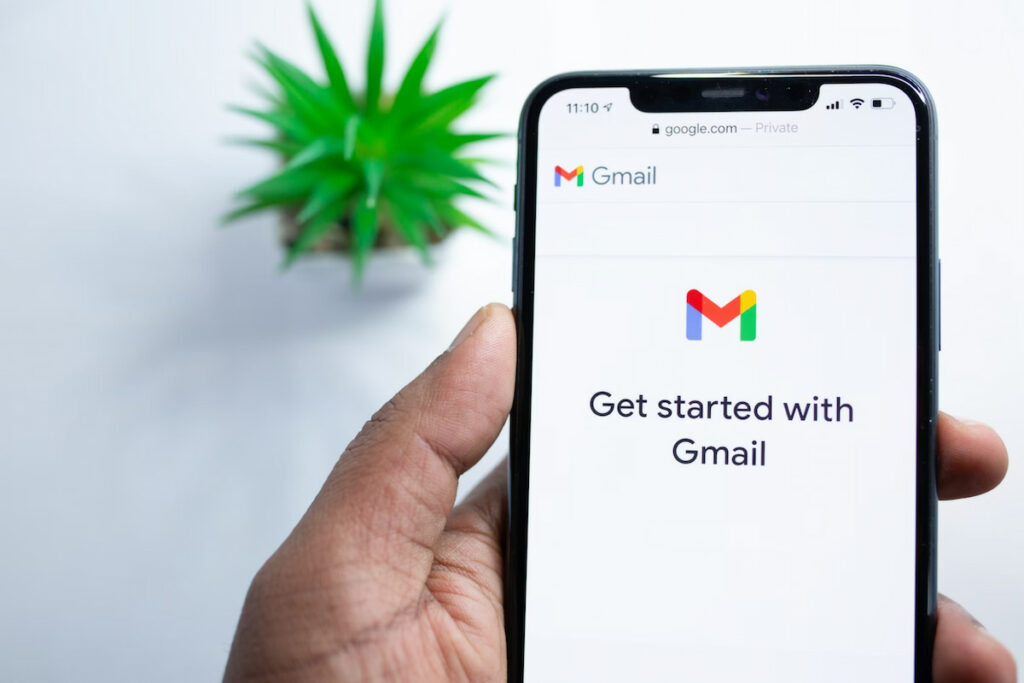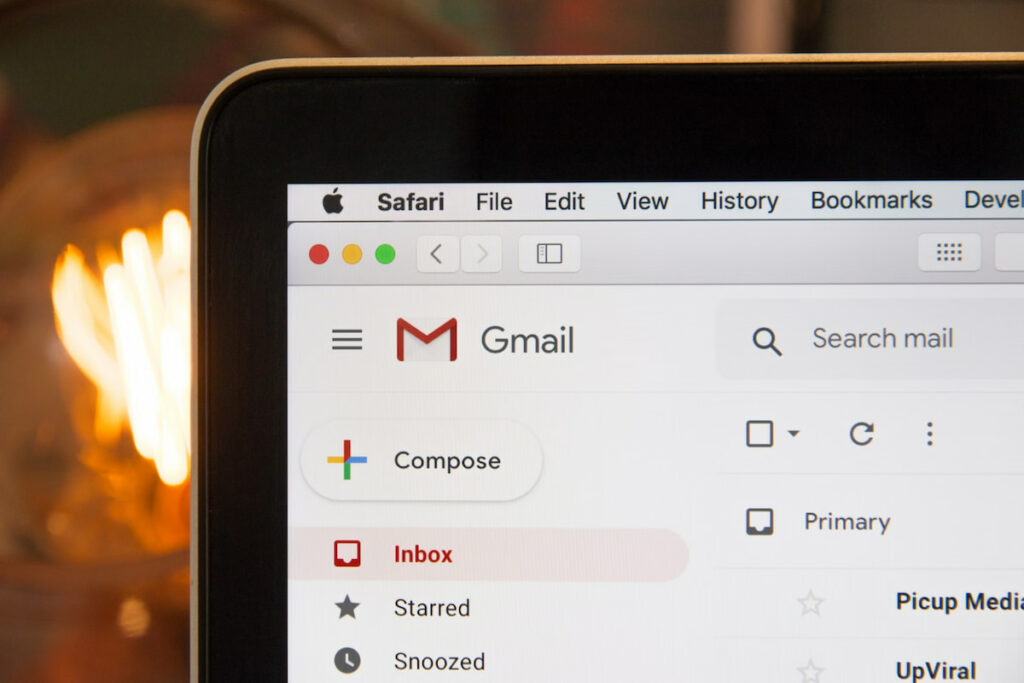What Is Email Fraud Prevention?

The digital world has brought numerous devices to ease many areas of our daily lives. In most cases, you entrust them with your personal info, and that’s why cybersecurity is supercritical. Industries, businesses, and casual users want to protect email accounts from unwanted access and theft.
In this article, you’ll learn everything you need about email fraud attacks and gain insights into preventing them.
Why Is Email Security Important?
If you don’t want your business to crumble, you must take security seriously. Maintaining protection is the first step in safeguarding corporate and personal assets from pervasively evolving cyberattacks. Since attacking mailboxes is the most common hacking method, crooks are continually looking for new vulnerabilities to take advantage of.
According to Verizon’s Data Breach Investigations Report, electronic mail is a means of distributing 94% of malware. Similarly, a Cisco report discovered that 96% of phishing assaults begin with an email. These findings demonstrate that this communication channel can be one’s business’ Achilles heel, and hackers won’t wait another second to hit that vulnerable spot.
Malicious messages can wreak havoc, affecting your device and entire networks and data. It comes out most damaging to businesses, resulting in detrimental outcomes. Here’s how one bad message can cause serious trouble:
- Hackers trick you into giving away valuable info, so one wrong click can give them access to your whole device;
- Malicious text codes can spread ransomware, crash systems, steal data, destroy files, or grant a remote hacker access;
- Fake messages that look legitimate can lead you to phishing websites designed to capture your personal information;
- Malicious attachments may be tricky to detect with standard software, often containing code that installs malware on your device;
Staying ahead of the curve when it comes to e-communication security is vital. Email is often a tasty morsel for attacks. So, protecting your account helps minimize the risk of identity theft and data breaches. Basically, securing your mailbox is a key step in safeguarding your entire digital life. Leading top IT companies emphasize the importance of robust email security measures to protect against these threats and ensure comprehensive digital safety.
Common Types of Email Fraud

To protect your account, you need to know your enemy. Every attack has malicious intent at its heart, no matter how it looks or works. To help you stay safe and aware, here are some common types of fraud attacks.
| Type of Email Fraud | What It Is |
|---|---|
| Phishing | Fake messages are trying to steal your info, like passwords. |
| Spear Phishing | This technique aims to obtain sensitive information from specific staff members. |
| Business Email Compromise (BEC) | Fake emails claiming to be from firm leaders requesting money transfers. |
| Whaling | Phishing attempts to steal data by targeting influential persons such as executives. |
| Clone Phishing | An actual email is copied with slight changes and malicious links or attachments added. |
IT teams, cybersecurity experts, and executives must be vigilant and ahead of the curve in dealing with those widespread e-communication risks. Understanding the core functions of those attacks allows you to detect and avoid them more effectively. Thus, you can guarantee solid protection of your account and valuable data.
How Does Email Fraud Attack Work?
A fraud attack occurs when a person interacts with email content sent from a crook, masterfully creating a legitimate message. These messages target the recipient’s feelings of empathy, attempting to elicit an immediate response out of fear or compassion. The idea is to deceive users into disclosing personal information or clicking on malicious websites that can steal sensitive data.
Bypassing their usual caution, scammers may use urgent or emotive rhetoric to persuade the victim to immediately take action. When you answer one of these phony messages, you unintentionally indicate that your account is operational. This exposes you more to future assaults since scammers now know your address is legitimate and may continue their attack.
The good news is that simply opening a message typically doesn’t result in a negative outcome. When you display it, your device and the client’s program examine the information, although this usually doesn’t represent a risk. However, exercise caution: certain messages may include harmful scripts that may be started just by looking at the content.
Most email clients are designed to prevent these scripts from executing. However, avoiding clicking on links or downloading files from unknown or dubious sources is crucial. You need to constantly watch out for unusual requests and double-check the sender’s information before responding. To enhance your email security practices, consider using a desktop time tracker to monitor how much time you spend scrutinizing suspicious emails. This can help you balance thorough email screening with your other work tasks, ensuring you’re not spending excessive time on potential scams.
Famous Email Fraud Cases

Email fraud is a commonly encountered form of digital criminal activity that involves obtaining sensitive information or financial rewards through simple messages. These attacks have evolved over time and, sadly, have been successful.
Foreign Prince or 419 scam
One of the most infamous is the advanced email fee scam, often known as the Foreign Prince, aka 419. Someone pretends to be a rich prince and claims they need your help to transfer a considerable sum into your account. They promise you a big reward, but only if you pay a small fee first. Unfortunately, the promised fortune never shows up.
This scam has been around for centuries, emerging in the late 1800s as the Spanish Prisoner scheme. Back then, swindlers would pretend to be helping a wealthy Spanish prisoner escape. Naturally, they would ask for a bribe to free the prisoner and promise a reward in return.
The Target Data Breach
The Target data leak was one of the most massive security breaches ever. In September 2013, the fraud email was sent to a third-party vendor, tricking an employee into revealing network credentials. On November 15th, using these stolen credentials, the hackers gained access to Target’s network and installed malware on many point-of-sale systems.
Despite FireEye’s several notifications regarding the attack, Target didn’t take it seriously until the federal government interfered. In the aftermath, Target was required to pay an $18.5 million settlement after crooks obtained 40 million credit and debit card credentials. This could’ve been avoided if the company had proactively taken cybersecurity measures. This incident underscores the importance of not only robust cybersecurity practices but also comprehensive digital risk monitoring. While tools like Ahrefs are commonly used for SEO and backlink analysis, companies should also consider an Ahrefs alternative that includes security monitoring features.
The 2016 DNC Leak
Crooks breached the Democratic National Committee e-communication system and shared highly sensitive data. Fundraising is a large part of the committee’s work, and the leaked emails demonstrate that they were negligent with contributors’ personal information.
For instance, one message included a picture of a $150,000 check. Sending checks like this is problematic because, in the United States, it’s simple for someone to steal money using only the routing information on a check. The disclosed content also contained contributor names, contact information, credit card details, and Social Security numbers.
How to Prevent Email Fraud

Email fraud isn’t going away. Using only one technique or performing awareness training alone won’t stop it completely. However, following all-embracing strategies and security measures can help reduce the risk of falling victim to these attacks.
- Check emails for suspicious signs, like attachments or links, that might lead to infecting your device. Run a background check to find the information about the person behind the unknown email address;
- Never send sensitive info like social security numbers, bank details, or passwords via e-communication means;
- Use built-in spam filters or third-party services to block unwanted emails;
- Use tools like SPF, DKIM, and DMARC to prevent attackers from pretending to be someone they’re not;
- Use browser isolation to keep risky content separate from your device, protecting you from harmful scripts and downloads;
- Filter traffic with a secure web gateway to remove questionable message content based on security standards;
- Consistently teach your staff the fundamentals of email security, and occasionally test them by sending simulated phishing messages.
Platforms like CrownTV can provide advanced security features to further safeguard your email communications and prevent fraudulent activities.
“An ounce of prevention is worth a pound of cure.” — Benjamin Franklin once stated a fundamental tenet of prevention science. Given our digital world, we can also apply this rule and take measures to detect attacks early. Specific security solutions can spot and block email fraud by scanning the Internet for suspicious activity and compromised accounts.
Conclusion
Navigating the online world requires extra caution nowadays. Email is one of the primary targets for savvy crooks. Malicious strategies are constantly advancing, so businesses and casual users must proactively secure their accounts. Taking careful steps can help you avoid falling for scams, dealing with email fraud, or even disrupting your digital life!